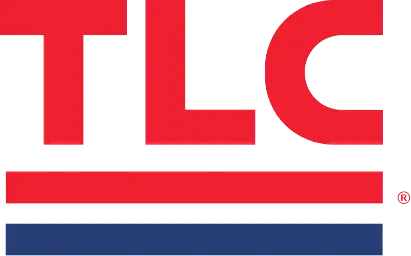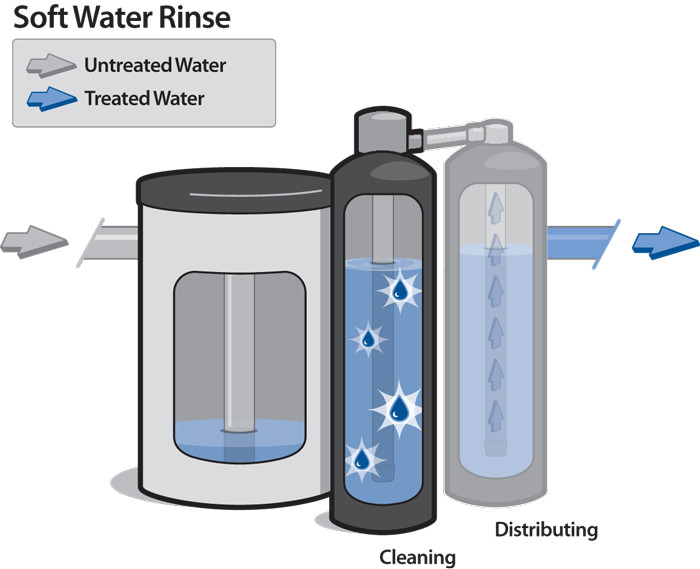Ever wonder how a water softener works?
Water softeners use a process called ion exchange. Softeners use resin that is electrostatically charged with sodium or potassium ions. As dissolved rock and minerals come in contact with the resin it releases the sodium or potassium and captures the dissolved rock and minerals, leaving the water soft and clean and soft water is distributed through the main water line in the home and soft water is available throughout the house. However, a water softener is not a reverse osmosis RO system. That is usually installed along side a water softener.
Over time the resin becomes saturated with dissolved rock & minerals they are regenerated with a brine solution. The process goes in reverse and the resin exchanges the dissolved minerals for sodium or potassium and the dissolved minerals are washed down the drain. Depending on the type of water softener you have regeneration can use a lot of water. Kinetico water softeners use very little water for regeneration.
Salt vs. Potassium
Which Water Softener is Best?
Water softeners use salt or potassium to soften water. Typically salt is recommended because it is much more cost effective to potassium. However, there are some instances when you may need to use potassium in your softener.
1. Lower Salt Levels in Water
The first reason would be if you are on a no-salt diet. The amount of salt that remains in water softeners varies with the type of softener you have. Kinetico water systems that we carry leave very little salt through the salt water. The amount of sodium in kinetico systems are equivalent to the amount of salt in a slice of white bread.
2. Irrigation Safe Soft Water
If your irrigation system is tied to the same water line that would distribute soft water throughout your home then you may consider using potassium instead of salt. Sodium is not good for your plants, however potassium is beneficial and safe to water with.
3. You have very hard water.
If your water is harder than 15 grains you will use more sodium to remove the hardness. At higher concentrations it may affect your indoor plants.
4. Local Sodium Limits on Waste Water
You have very hard water and live in an area that limits the amount of sodium that can be released into ground water or septic system. If you have water harder than 15 grains and live in one of these areas in California you will need to use potassium in your softener.
What is “Regeneration” and why does my water softener need it?
Regeneration is the process where the hardness minerals are released and drained from the resin and the resin is prepped for ion exchange again. This regeneration time varies based on the type of water softener you have. Some softeners on the market will not allow any soft water during the regeneration process and can take several hours. Kinetico water softeners regenerate in less than 15 minutes and the dual tank system allows for continuous soft water without any interruptions.
If you would like a free estimate or a free water test please contact our water experts today. TLC is the exclusive Kinetico dealer for Albuquerque and surrounding areas.

